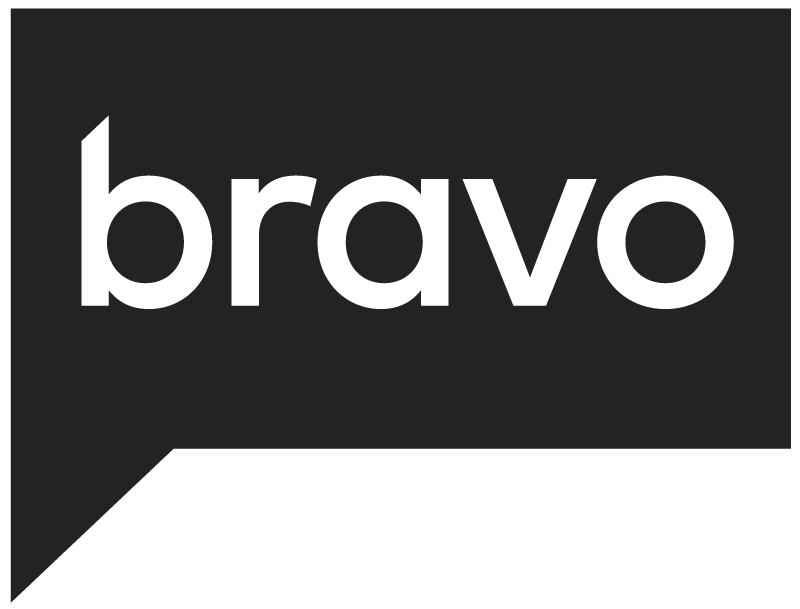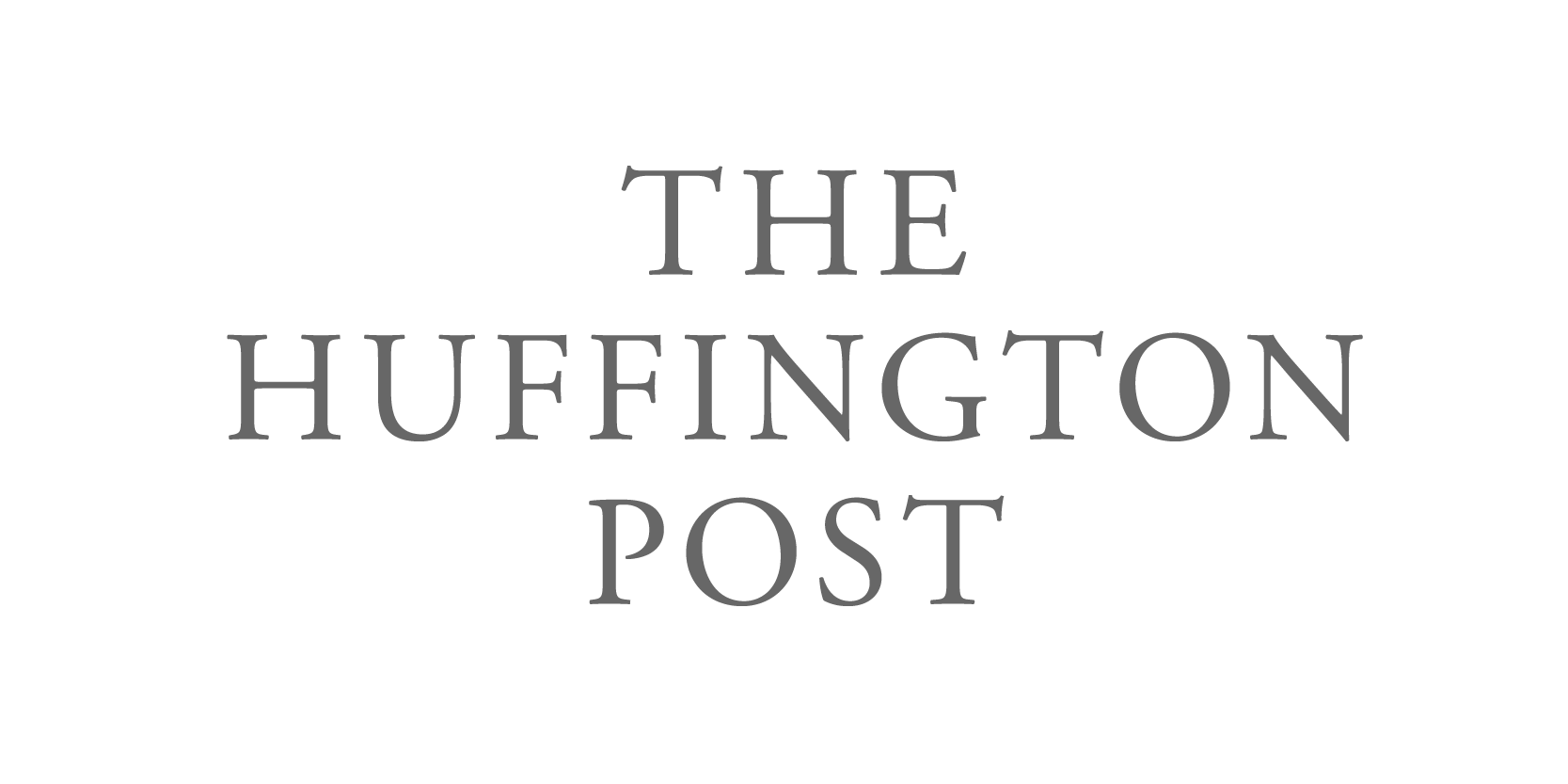The Hardest Languages
What is the most difficult language to learn? It seems like everybody has their own answer to this question. Recently, however, the Foreign Service Institute of the US Department of State compiled learning expectations for native English speakers looking to achieve proficiency in various foreign languages. They based it upon factors such as the language’s complexity, the resources available, how many hours would be devoted to study each week and the students’ motivation. I recently came across an infographic that broke down various languages into easy, medium and hard language categories.
The “easiest” languages, such as Dutch, Swedish, Afrikaans, Norwegian and the Romance Languages, require just 23-24 weeks of study, or 575-600 class hours, to achieve proficiency. This is due to the languages’ closeness to English; Dutch, Swedish, Afrikaans and Norwegian are all Germanic languages, like English, while English heavily borrows from Romance Languages. German, also a Germanic language, falls somewhere between “easy” and “medium”.
“Medium” languages require 1,110 class hours or 44 weeks to achieve proficiency. These languages include Hindi, Russian, Vietnamese, Turkish, Thai, Polish, Finnish, Hebrew, Greek and Serbian. Half of these languages (Vietnamese, Turkish, Thai, Hebrew and Finnish) aren’t even part of the Indo-European language family. And those that are come from branches of the Indo-European language family far removed from English; Hindi is Indo-Aryan, Greek is Hellenic and Polish, Serbian and Russian are all Slavic.
 The most difficult language for English speakers require, on average, 88 weeks or 2,200 class hours to reach speaking and reading proficiency. These include Korean, Japanese, Chinese and Arabic. Each one of these is difficult for their own reason. Chinese and Japanese learners need to memorize thousands of characters. Chinese is a tonal language, with meanings that change as you change the tone of a word. Korean has a vastly different sentence structure, syntax and verb conjugations than English, making it difficult for English-speakers. And Arabic uses much fewer vowels than English, making it difficult for those learning the language to both pronounce and read.
The most difficult language for English speakers require, on average, 88 weeks or 2,200 class hours to reach speaking and reading proficiency. These include Korean, Japanese, Chinese and Arabic. Each one of these is difficult for their own reason. Chinese and Japanese learners need to memorize thousands of characters. Chinese is a tonal language, with meanings that change as you change the tone of a word. Korean has a vastly different sentence structure, syntax and verb conjugations than English, making it difficult for English-speakers. And Arabic uses much fewer vowels than English, making it difficult for those learning the language to both pronounce and read.
This was an interesting list to read, and without a doubt I’m not denying how difficult these various languages are to learn. However, the list neglected to mention a lot of the more “obscure” languages. There’s a known tendency in languages with small communities to show far more complicated structures than the ones that are widely spoken, probably because the language evolution is slowed down, since children must grow up with adults that have a full language. Language isolates such as Basque, Georgian, Khoisan, Dyirbal or Inuktitut are known to be extremely difficult for their complex grammar and/or pronunciation rules. I wonder where such languages would show up in the list.
DC Metro Tragedy
On Monday, tragedy struck in DC after a Metro filled with smoke, leaving one woman dead and scores of passengers injured. A timeline of emergency response to the issue corroborates riders’ account that they waited at least 35 minutes trapped in a dark, smoky tunnel before firefighters finally began to rescue them. This timeline reveals that after firefighters had arrived on the L’Enfant Plaza underground platform shortly after 3:30, they had to wait 13 minutes before moving into the tunnel and toward the train, since they needed assurance from Metro that power to the electrified third rail had been cut.
According to this timeline, the first rescues started soon after firefighters received permission to move into the tunnel, at 3:44, and after they walked single-file down 800 feet of track in the dark and smoke to reach the first of six cars on the train, and by this time it was nearly 4. This sequence helps to clarify how the District reacted to the emergency amid complaints from passengers that they were trapped for what seemed to be an “interminable” amount of time. One person, 61 year-old Carol Glover of Alexandria, died after being carried from the train, and 83 other passengers were taken to area hospitals, two of them in critical condition.
Metro and District officials have so far declined to comment publicly on specifics of the event, citing the ongoing investigation by the National Transportation Safety Board. However, authorities have been compiling a timeline for the federal agency, which is reconstructing the response and rescue, as well as trying to figure out what caused the incident. District fire officials first got a hint of trouble at around 3:18, when a construction worker called 911 to report smoke coming from a street vent at Ninth and Water Streets SW. At 3:22, Metro told the fire department that there was smoke in the station and, two minutes later, elevated that to “heavy smoke”. At 3:28, the fire department declared a “Metro tunnel box alarm”, meaning a possible fire in a tunnel and triggered the response of five engines, two trucks, a medic and an ambulance. The first firefighters arrived at L’Enfant Plaza Station near Seventh and D Streets SW at 3:31. By then, 911 operators had been flooded with calls, with firefighters rushing toward the station being met by hundreds of fleeing passengers. The first 911 call from a train passenger came at 3:33, saying that it was filling up with smoke.
At 3:44, Metro alerted firefighters that electricity to the third rail had been shut off, and it was now safe to enter the tunnel. Two more passengers called 911, asking whether or not help was on the way. One official briefed on the timeline said that the next news came at 4, when a paramedic was reported with a patient. DC Council member Kenyan McDuffie, who is chairman of the committee with oversight on fire, said that the currently unfolding details, as well as accounts of passengers about how long it took firefighters to respond, show how many questions still remain.
About Nelson Lewis
An exposure to politics at a young age had a profound effect on media maven Nelson Lewis, who worked as a volunteer for numerous Republican politicians in and around his native Savannah. Nelson worked as a reporter and eventually anchor at two Savannah television stations growing up, WJCL ABC-22 and WTGS FOX-28, also recording voice teasers for airing on Fridays on WJCL-FM KIX 96 and previewing his upcoming stories, which aired on the Sunday evening news.
One of Nelson’s favorite experiences at WJCL was reporting live from the St. Patrick’s Day Parade (America’s second largest) from 1998-2000. Continuing in the spirit of his grandfather’s pioneering and trailblazing footsteps (he was the first to bring all-color television and stereo to the Savannah market), Nelson became the first person in Savannah market to bring a kid’s perspective to local news as its first youth reporter. In fact, one of the competing stations, WSAV NBC-3 hired their own youth reporter, Sean Champion, 18 months after Nelson began his reports and WJCL/TGS’s ratings dramatically increased.

Work In Political Media
While a sophomore and junior at Lynn University, Nelson Lewis hosted “Politijam”, a lively political debate show that became well known across the university campus and served as the media editor of the univeristy’s weekly EPulse newspaper. While at Lynn, Nelson was selected to represent the entire undergraduate student population as a member of Lynn University’s Academic Task Force, charged with the duty of streamlining the core curriculum of the universities.
While attending Lynn’s College of International Communication, Nelson developed a friendship with Irving R. Levine, a well-known and nationally recognized correspondent for NBC News who became the network’s first full time economics correspondent, and was the creator of the precursor to CNBC. After a 45-year career in journalism, Levine went on to become Dean of Lynn’s communication program. After finishing college, Nelson Lewis followed Levine’s suggestion and moved to Washington, DC where his first job was as a press intern for a Republican congressman, which then led to a job booking at the Fox News Channel from 2006-2010. Here, he was able to put his love of politics and interest in the Republican Party to good use.
Upon the suggestion of Mr. Levine, Nelson Lewis enrolled in the Masters of Professional Studies in Journalism (International Politics) program at Georgetown University in 2009, where a special emphasis was placed on the dissolution of America’s Fairness Doctrine and on the major player in its demise, Bruce Fein.
Nelson was honored to be invited to speak at a roast honoring Levine’s 2009 death at the National Press Club, where he spoke alongside Levine family members and contemporaries such as former Meet the Press Moderator Marvin Kalb. He subsequently wrote a letter to the editor published in The Hill newspaper eulogizing Levine as a “top-notch raconteur” who many others have tried to emulate.
From his work at Fox News, Nelson Lewis was able to take a firsthand role in the DC journalism scene, and was blessed with the opportunity of meeting entertainment, political, and academic luminaries on a daily basis, including numerous sitting and former representatives, senators, governors and cabinet secretaries. These unique experiences gave Nelson a front row seat to many historic events and gave him a firsthand experience of how the Washington system works, from how laws are created to how news is made.

Through Nelson Lewis’ work creating Her Golf Network, coupled with his extensive booking experiences in segment producing gained at America’s highest rated cable news channel and through his time performing key internships at places such as WPBT’s Nightly Business Report in Miami, where he honed his scriptwriting skills, and at WTOC in Savannah, where he provided copyediting and on-site production assistance at the 2004 Sea Island G-8 summit, have provided him with a solid foundation and understanding of the news business. His time as a reporter/anchor growing up prior to his undergraduate studies helped him get an early start at doing what he loves most, reporting.




















